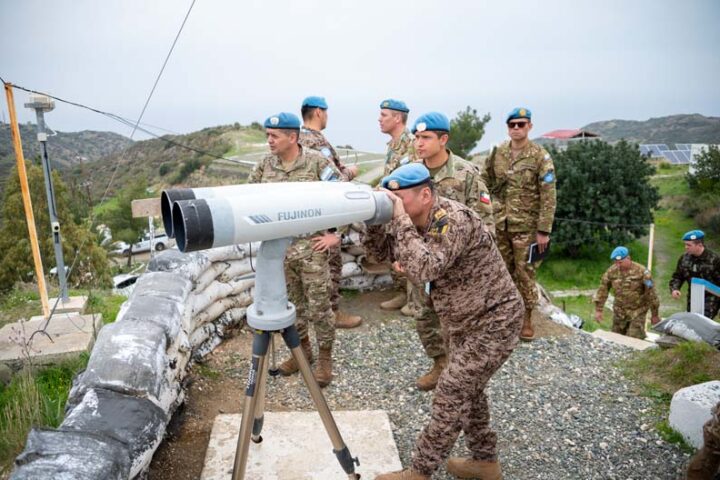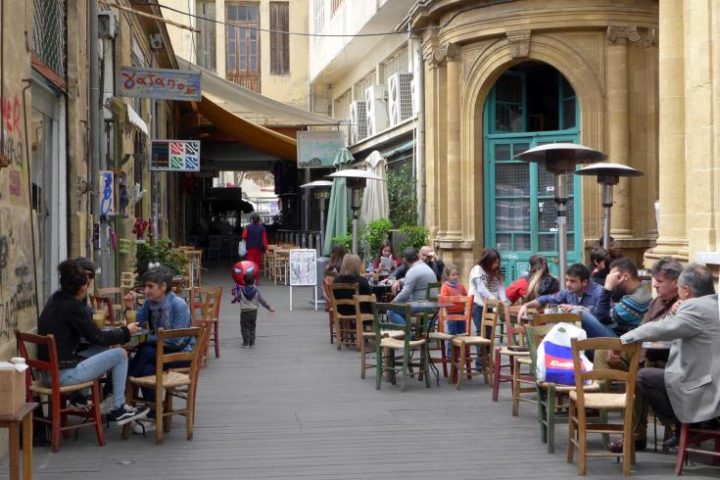Over the last few years, the European Commission has made considerable progress in its regulatory activities in the field of aviation safety, with tools put in place to prevent air accidents and incidents.
This action is designed to replace an intergovernmental system of international standards implemented by each Member State with a system of binding Community rules applied in a uniform and rigorous way by all EU Member States. Although the implementation of this new framework is in the hands of the Member States, the European Commission, assisted by the European Aviation Safety Agency (EASA), ensures consistent application of the rules.
1. Independent accident investigation
Directive 94/56/EC establishes the fundamental principles governing the investigation of civil aviation accidents and incidents. It envisages notably the separation of national organisations responsible for technical investigations from the Civil Aviation Authorities responsible for regulation and surveillance.
2. Occurrence reporting and information exchange within Europe
Directive 2003/42 envisages the creation of an obligatory system for reporting accidents and incidents (known as occurrence reporting) in civil aviation, and participation in a Community level information exchange system. The deadline for transposing this Directive into national law was 4 July 2005.
3. Evaluation of third-country aircraft
Directive 2004/36 (known as the SAFA (Safety Assessment of Foreign Aircraft) Directive) is designed to organise checks on third-country aircraft using EU airports and to collect and centralise information on the findings of such controls. As a result of this, information is available to all Member States on any infringements of international air safety rules. Member States must put this Directive into national law before 30 April 2006.
4. A European Agency to guarantee safety levels
The European Aviation Security Agency created by Regulation 1592/2002 started up in September 2002. Its aim is to promote a consistently high level of safety and environmental protection in the civil aviation field. The EU therefore has exclusive competence in areas such as airworthiness and the environmental certification of aircraft and related parts and equipment. The Agency has put in place a surveillance system, to monitor the application of EU legislation, evaluate its impact and make any useful suggestions for improvements. The EASA is involved in the certification of aircraft types and for organisations situated outside the EU; national administrations are responsible for issuing individual certificates and for the accreditation of organisations on their national territory, on the basis of EU rules and under the control of the EASA.
New initiatives by the Commission
Recent events have shown that there is a real need to increase the European role in safety supervision, to allow a high level of aviation safety across Europe. In particular, it is necessary to stop the use of unsafe aircraft, whether operated by companies from within or outside the EU.
– Extension of EASA competence
This autumn, the Commissioner for Transport, Vice-President Jacques Barrot, will put to the Commission a proposal to modify Regulation 1592/2002 which set up the EASA to extend its field of competence to air operations, qualification of air crew and the safety of companies from outside the EU, who should be subject to European operational rules (as it is the case in the US , with Part 129 of the Federal Aviation Administration).
– Blacklist of unsafe companies and information to passengers
At the beginning of 2005 the Commission adopted a proposal for a Regulation on information for air transport passengers, following the Sharm-el-Sheik accident. This proposal reinforces information exchange among Member States and the Commission on airlines banned or which traffic rights have been restricted for safety reasons.
This proposal will allow “blacklists” to be drawn up of companies whose safety is considered to be sub-standard. It is currently under discussion by the Council and European Parliament. Following this discussion, the Commission could be led to assist in establishing common criteria for the identification of such companies.
The Commission has also proposed to improve passenger information by giving them the right to know in advance the air carrier they will be using (for example in the case of sub-contracting of air services).
– Reinforcement of inspection and exchange of information on air planes from third countries
The Commission is also considering strengthening the control mechanisms for airplanes from third countries using European airports, which have been put in place by the SAFA Directive. Notably this will entail the involvement of EASA in the coordination of inspection activities and the management of collected information (alert systems).
– Technical assistance to third countries
The Commission will continue to deliver technical assistance to the authorities of third countries to assist them in strengthening local regulation and their capacity to fulfil their international obligations of safety oversight.
– International action
Aviation safety is almost by definition a global issue. The EU intends to promote European standards, among the strictest in the world, at the international level, and the Commission acts to increase its participation in the work of the International Civil Aviation Organisation in order to fulfil this objective.
The Commission has also recently proposed new measures to take account of social aspects of air safety, and ensure that airline staff are adequately qualified.







